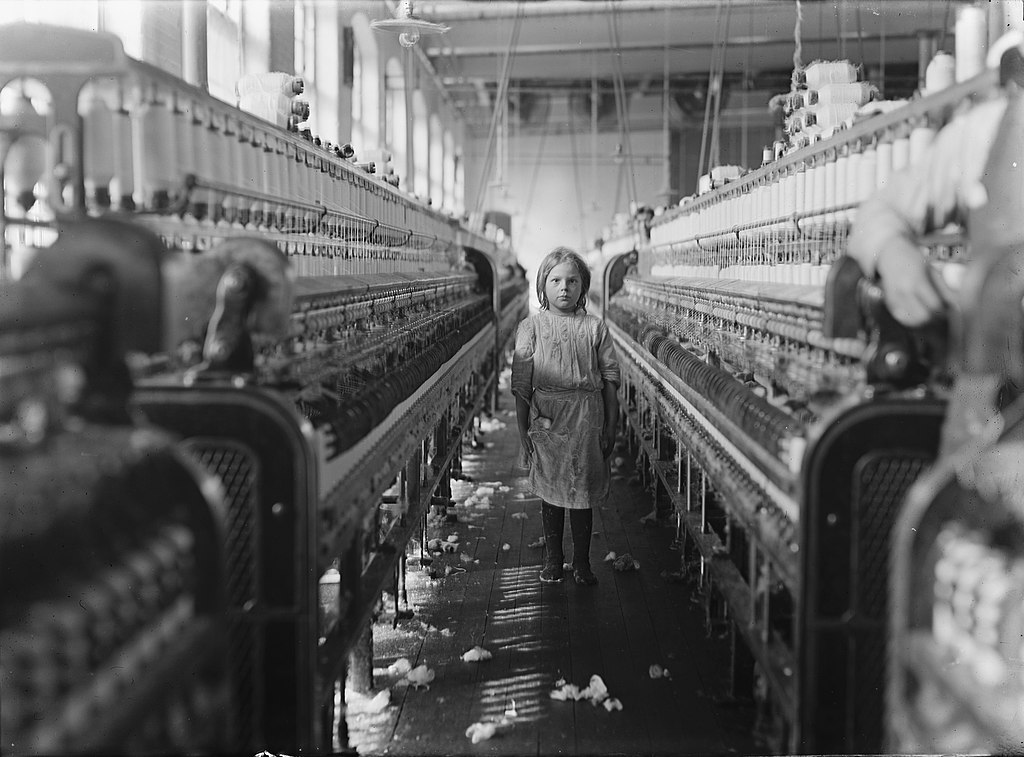
One of my fondest childhood memories was heading to the show when the Ringling Bros. and Barnum & Bailey Circus came to town. By that era, of course, they had long stopped setting up their own Big Top on the outskirts of town and, instead, circus patrons headed to the local arena.
Growing up in Milwaukee, I was lucky to live through the era of the Great Circus Parade (held 30 times between 1963 and 2009). Alongside the bands, Shriners and dancing groups, the parade featured hundreds of clowns, wagons, animals and antique circus vehicles. These items were transported the 200 miles from Baraboo, WI to Milwaukee on the “circus train” (which people lined up to watch along the route). Upon arrival, the “circus” would set up in a park on the shores of Lake Michigan and hold shows in an actual real-life outdoor Big Top.
I loved it.
Those days, of course, are long gone. Other types of entertainment became more popular, and circuses became relics from some distant, dusty past.
But the circus, like it’s closely related form of entertainment, the carnival, still exists to some degree (although they’ve gotten much better with animal treatment!). Both circuses and carnivals bring their events TO people. The Carnival Barker and the Circus Ringleader strive to be entertaining. And, most importantly, they work to assemble enticing acts – whether on a fairground field or under the Big Top.
So, with a bit of a flourish (no sleight of hand), we present this edition of the Carnival of HR. We’ve gathered some of the latest and greatest blog posts, LinkedIn Articles, and podcasts from February 2023.
Ta-Da!
The Written Word
- ChatGPT and the dark side of AI – Mary Faulkner, Voice of HR
- How Top Companies Are Improving Candidate Experience at Each Stage of the Hiring Process – Kevin Grossman at ERE
- You’re So Vain: The Egotism in Performance Appraisals – John Baldino, Humareso
- Finding your unique work rhythm – Lance Haun, Starr Conspiracy
- Encourage Employees to Manage Their Careers – Sharlyn Lauby, HR Bartender
- “Bare Minimum Mondays” is a thing? – Tim Sackett, HRU Resources
- Is it Size…or What HR does with It? – Robin Schooling, Humareso
- Let’s talk about whether you are paying teleworking employees properly – Eric B. Meyer, The Employer Handbook
The Spoken Word
- Discovering Your Why: How clarifying your vision can transform your organization and create a bigger impact – Impact Makers Podcast, Jennifer McClure
- Talent Management Strategies – a conversation with Michael Ehret, Head of Global Talent Management with Johnson & Johnson – DrivethruHR Podcast
- Getting Inclusive AF with Dr. Kerry Mitchell Brown – The Inclusive AF Podcast
- Challenging a Narrow Definition of Talent – Recruiting Future Podcast, Matt Alder
- Breaking the Cycle: Examining the Effects of Toxic Culture (Part 2) – Inclusion Crusade Podcast, Sarah Morgan
- HR During a Time of War with Yulia Kudina – Punk Rock HR Podcast, Laurie Ruettimann
******
Interested in participating or hosting the monthly Carnival of HR? This 16 year tradition continues – please reach out (current Ringleader is Humareso) to the get involved and on the mailing list!



